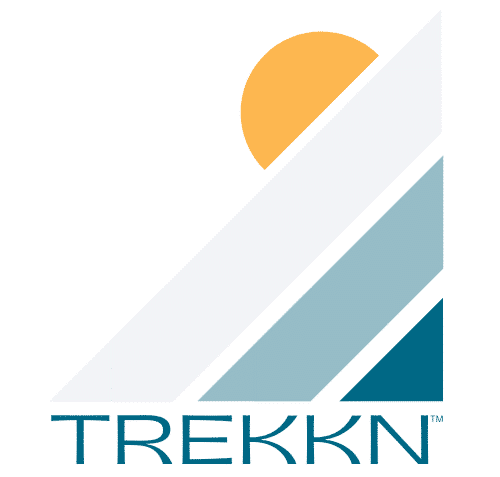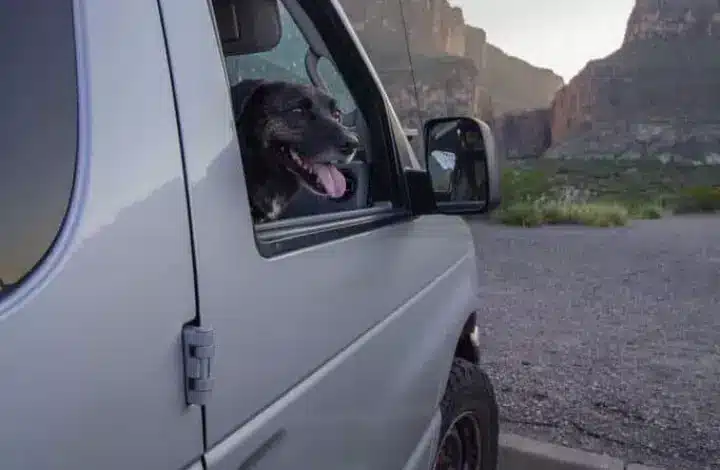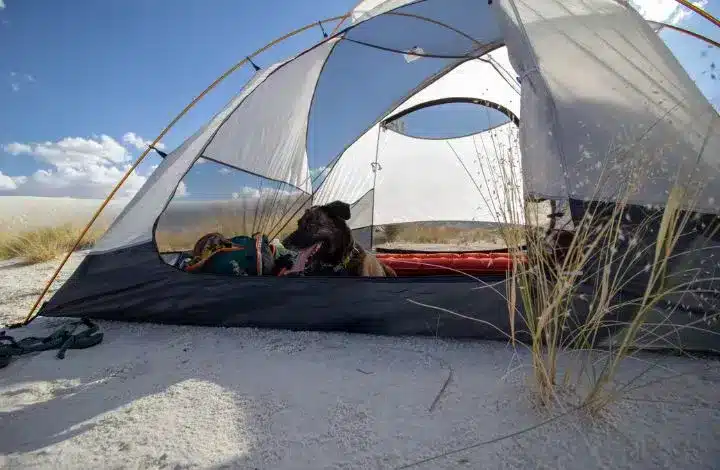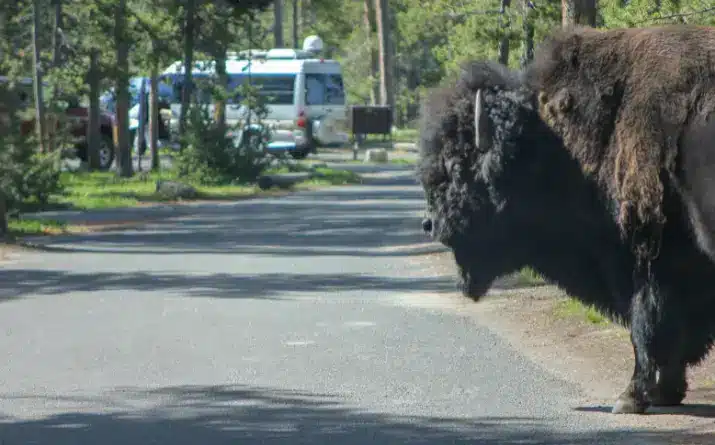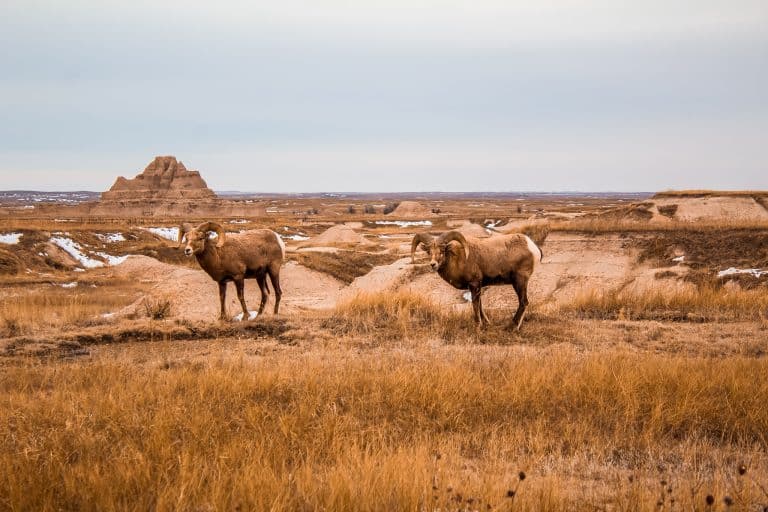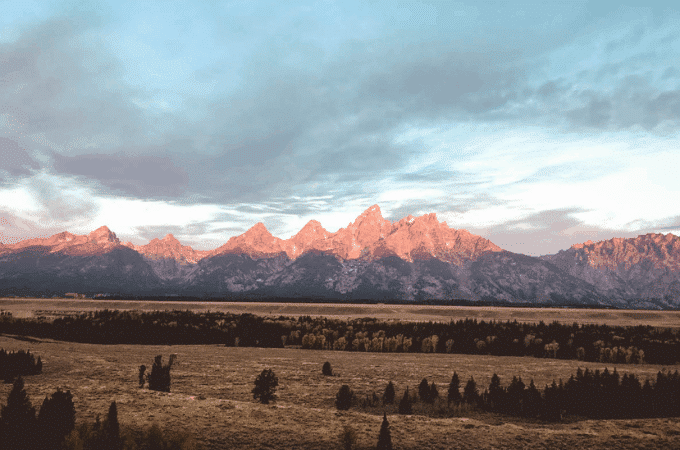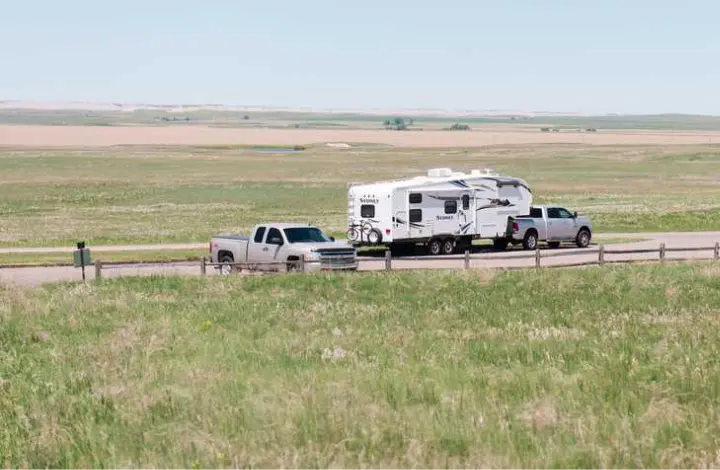Visiting Big Bend National Park: Your One Day Guide
We only have one day to visit Big Bend National Park. Do we go, or don’t we skip it?
Sound familiar?
Most people who visit Big Bend National Park fall into one of two categories. The first group of people take the time to plan a week or more long vacation down to the border in South Texas. The second group of people get close enough to think they are “close” to Big Bend and only have a day or two to visit before heading off to their next destination.
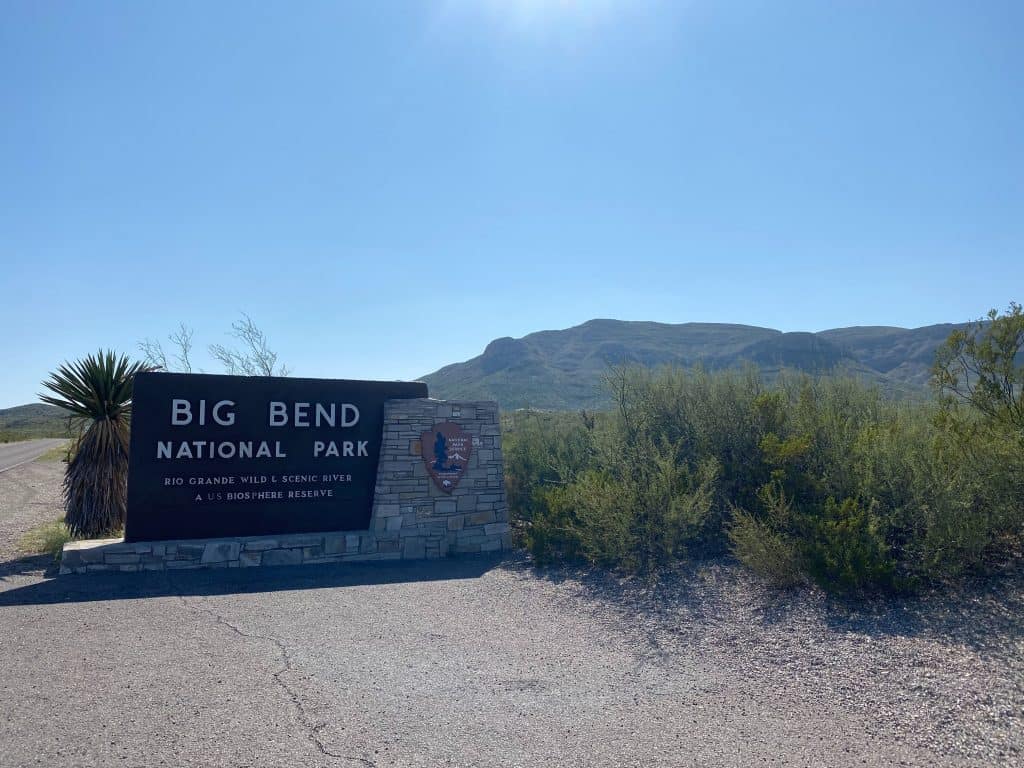
Whatever group you’re in, I think even the tiniest visit you can make to Big Bend is worth it.
Here’s what to expect when you visit Big Bend National Park.
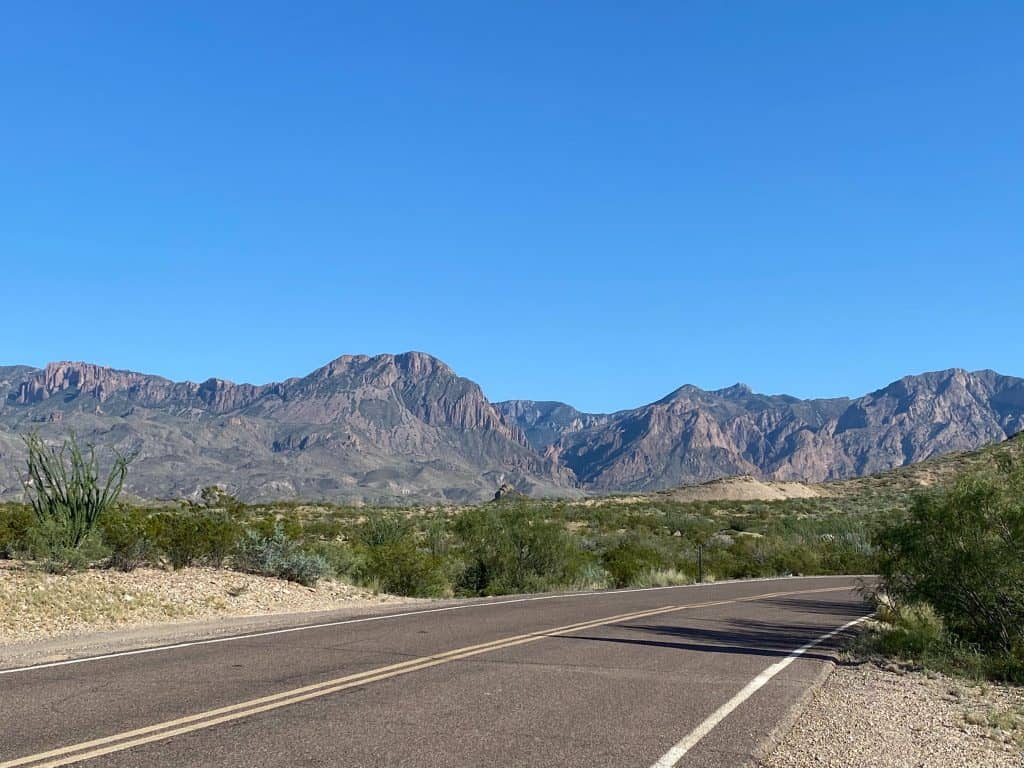
What to Know About Big Bend National Park
How to Get to Big Bend Park
Closet Airport
If you’re planning a long-distance trip to Big Bend, check flights to Midland International Air & Space Port (MAF). It’s located midway between Midland and Odessa.
Midland is approximately 330 miles from Dallas, Texas and about 230 miles from the Panther Junction park headquarters.
Driving to Big Bend
Located in the southernmost portion of central Texas (yes, Texas is really that big!), you’ll find the wonderful world of Texan desert that takes your mind back to days where John Wayne and his cowboy friends were sauntering on horseback to their next destination.
There are several highways leading to Big Bend. From Alpine, take TX 118. Drive south on US 385 runs from Marathon or if you’re coming from Presidio, take FM 170.
Regardless of which interstate highway you’re on as you enter Texas, you will pass through many cities on your way to Big Bend. But, when you reach the towns closest to the park, including Terlingua, Alpine, or Marathon, don’t expect a major metro area.
Terlinguia, the Closest Town
Terlingua, the closest town to the park offers a few accommodation rentals if you’re coming from out of town and need a rest. Previously a working mining community, you’ll find most of the lodging options in the historic Terlingua Ghost Town area.
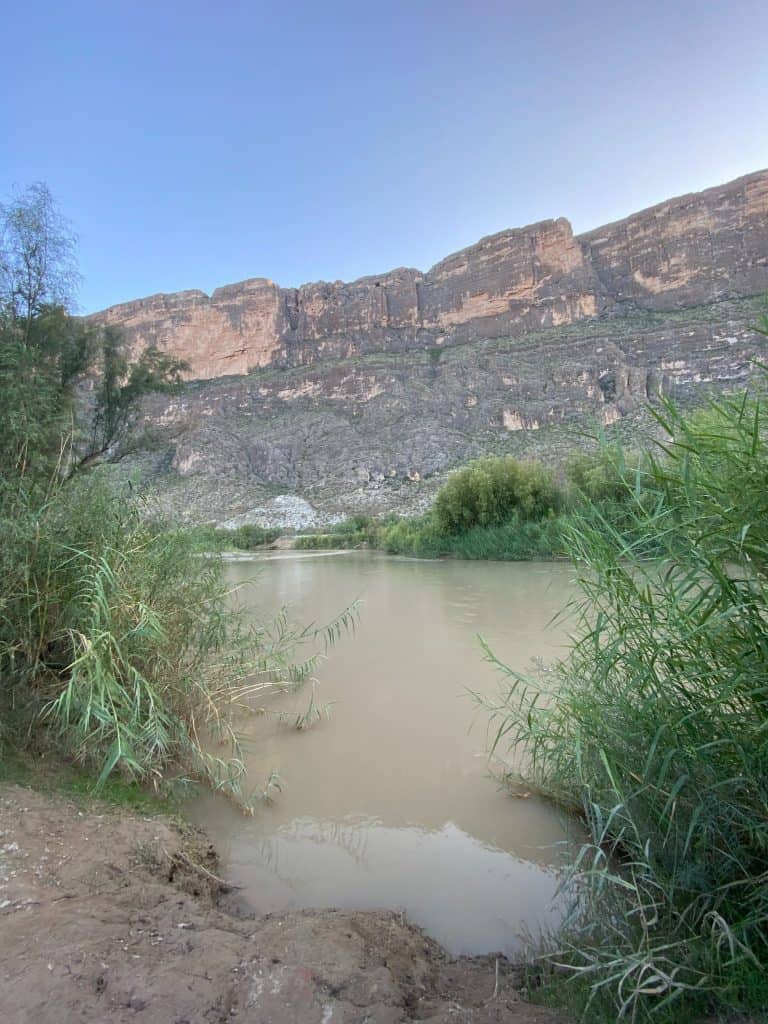
Special Designation
For any outdoor enthusiast, one of the most special activities to enjoy is free, peaceful, and an absolute mesmerizing experience. If you’re one of those wanderlust stargazers, then Big Ben is a definite bucket list destination.
The Natural Sounds and Night Skies division of the National Park Service states that Big Bend has the darkest night sky of any national park in the continental United States. Accordingly, it was awarded the special status of an International Dark Sky Park in 2012.
If you have more time than we did when we visited the park, enjoy the night sky. Stargazing is one of the best things about visiting Big Bend.
Be Prepared
Big Bend is an isolated park located a fairly significant distance from cities. Before departing for the park, be sure to stop at the gas station and the grocery store.
There is no public transportation to Big Bend so you will want to be sure you have a full tank and enough supplies to enjoy your visit and also reach your next destination.
It’s also important to pay attention to posted signs. This includes signage in bathrooms (like the one that told me rattlesnakes sometimes wander into the toilet area) to stay safe and happy on your trip down South.
In addition to staying alert and being cautious about wildlife, check for weather conditions and other current alerts.
The area is known to have significant shifts in weather patterns, including extreme winds that may result in potential fire conditions and campfire restrictions. Check with the National Park Service for any current alerts in effect.
Big Bend is remote and there are no public shuttles. It’s important to be prepared with an emergency kit, full tank of gas, groceries, water, and supplies.
Wildlife
Here’s a short list of the wildlife in Big Bend National Park:
Stay Snake Safe
As seasons change and the temperature increases, be aware of your surroundings. Our scaly friends also think it’s the best time of year to enjoy this beautiful park. There are 31 species of snakes (including four rattlesnake species) in Big Bend.
Here are some tips for how to stay safe in snake country.
Rules and Expectations at Big Bend
You probably already expect a long drive just to get to Big Bend. That’s true. Also know that that once you enter the park, there is still a bit of driving to go before you reach a Visitors Center.
Big Bend Visitors Centers
There are five Visitors Centers in the park. I recommend you take advantage of the visitors centers, especially if this is your first time visiting Big Bend National Park.
It’s a great place to kick off your adventure in the park. Talk to a park ranger about the rules and regulations, learn about local wildlife, and discuss any issues with road conditions or weather alerts.
In addition to offering a plethora of information such as maps and park news, each center offers a parking area, access to trash receptacles, water, first aid kits, restrooms, and a gift shop for souvenirs.
The five information centers in Big Bend National Park include:
Choose whichever one is closest to your entrance.
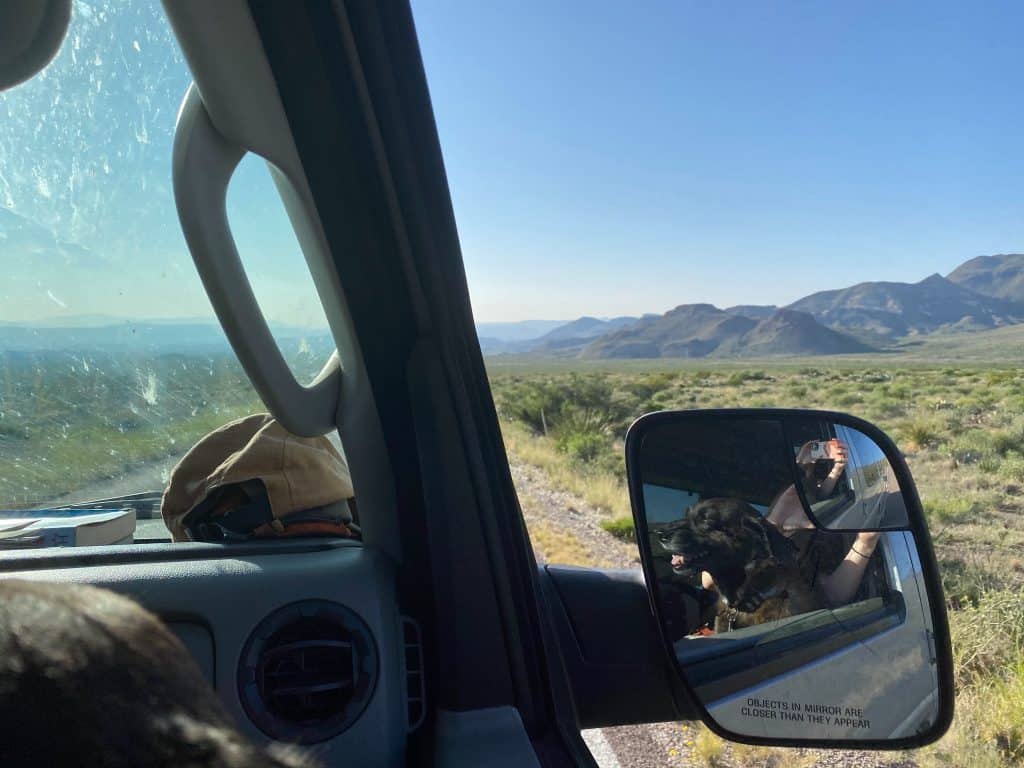
Panther Junction Visitor Center
When we visited, the Panther Junction Visitors Center was open and the other two visitors centers were closed.
At the time, Panther Junction only allowed outside chats with Park Rangers during limited times of the day.
Check the official park website for current hours of operation.
Whether or not a Park Ranger is around, it’s important to stick to Big Bend’s rules. In particular, understand the wildlife you may come across. There is more to be cautious of than cactus and roadrunners.
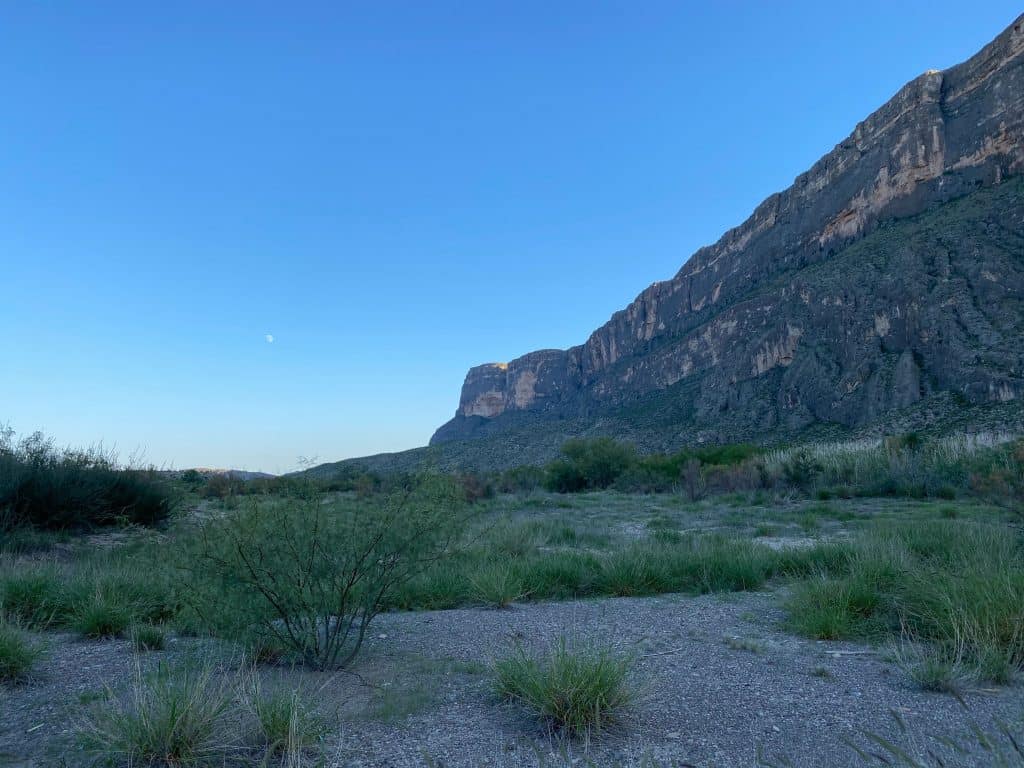
Posted Regulations When We Visited
These were the rules and regulations posted at Big Bend:
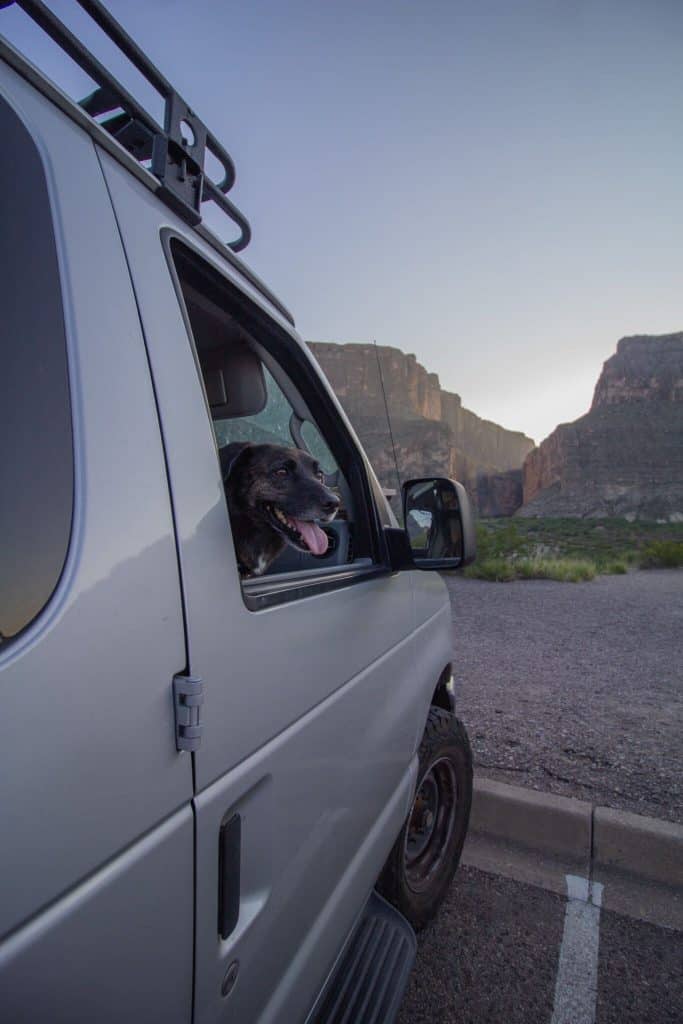
Always pack out what you pack in and never feed wildlife.
Yeah, yeah, so many rules, I know. But these rules keep our wonderful national parks clean, safe, and open to the public. Please make sure you read and adhere to all posted rules when you visit, as they may change and are super important to keeping Big Bend beautiful.
But now, onto the best part. Here’s everything we saw and loved at Big Bend.
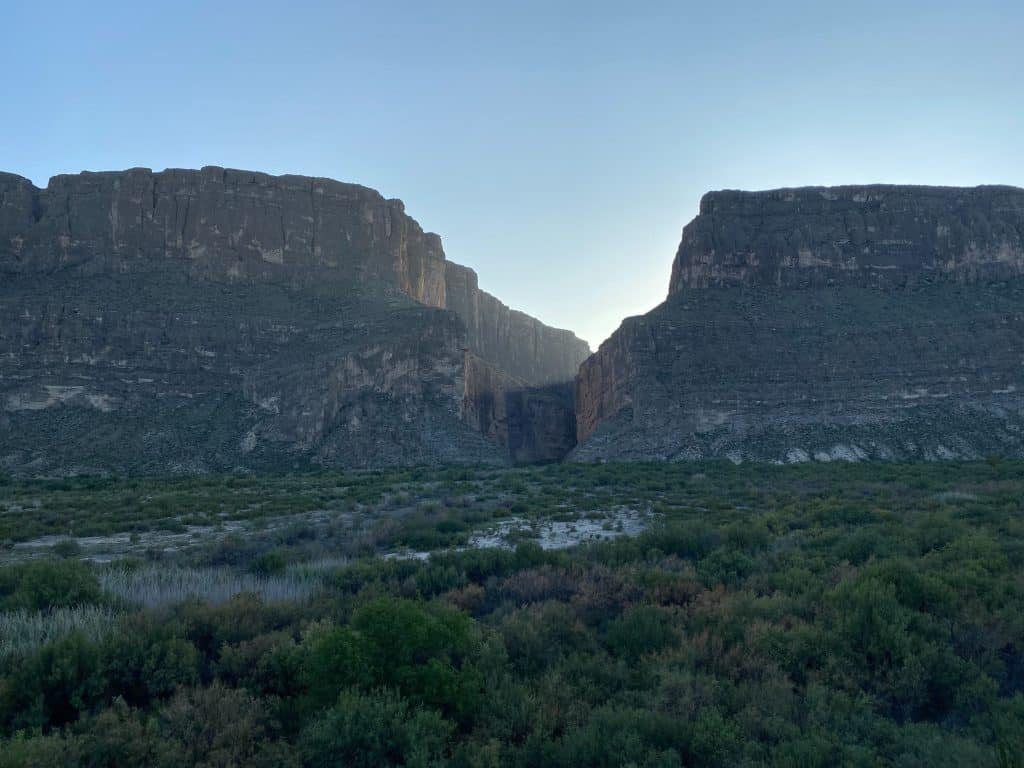
Our Favorite Reasons to Visit Big Bend NP
Unfortunately, we didn’t have much time – only had about 24 hours – to tour the park. But, before we had to high tail it out, we had the best time exploring what the park has to offer. Here is what we did and what we saw in one day at Big Bend.
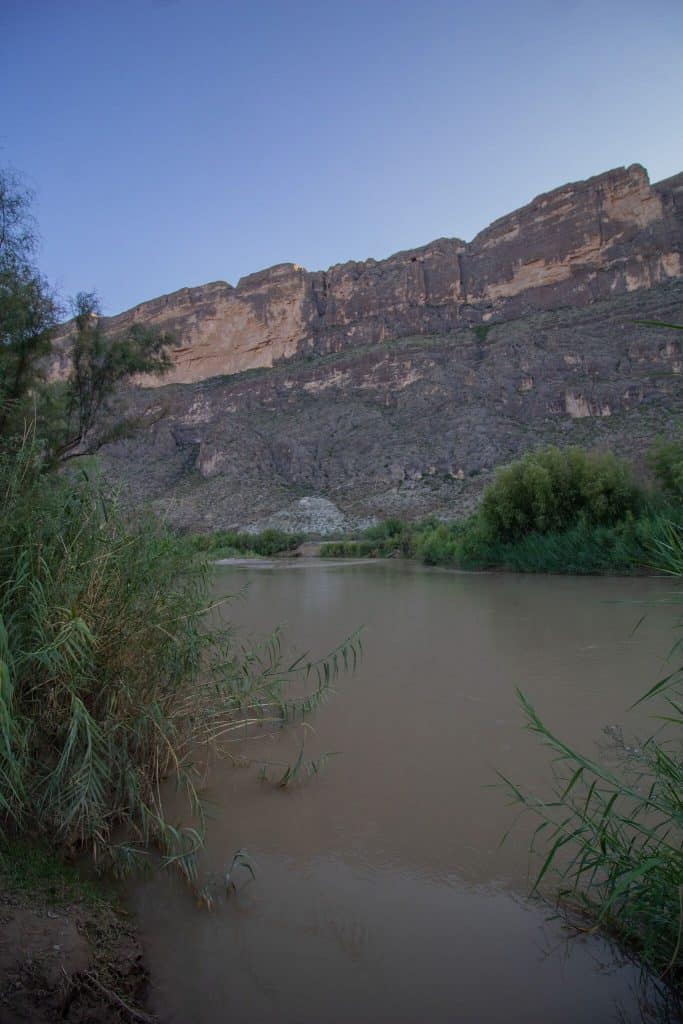
The Rio Grande
If you’ve never seen the Rio Grande, it’s a perfect place and a must-see during your visit to the park. There’s something about the Rio Grande that had me as giddy as a little kid during our entire drive through the park.
There are several points to get yourself to the river and see what it’s all about, but after living in Texas for 16 years of my life and never seeing it…it was even better than I thought it would be.
Stunning Desert Mountains
Believe it or not, Texas is not just flat land with a bunch of tumbleweeds and cacti.
Big Bend is home to some pretty incredible mountains. The Chisos Mountains are some of the biggest with Emory Peak, the highest peak, reaching 7,825 feet.
This mountain range is spectacular as it extends 20 miles southwest to northeast, from Punta de la Sierra to Panther Junction. It’s the only mountain range in the United States that is situated entirely within a single national park.
Be Prepared for Shifts in Weather
If you check out the guide you get when entering the park, you’ll learn that the mountains actually have their own climate, which is why much of the wildlife migrates to the park throughout the year.
It also means you should always be prepared for shifting weather when you’re hiking at elevation in Big Bend. Don’t forget to pack plenty of water. It’s also a good idea to carry a light jacket, depending on the season.
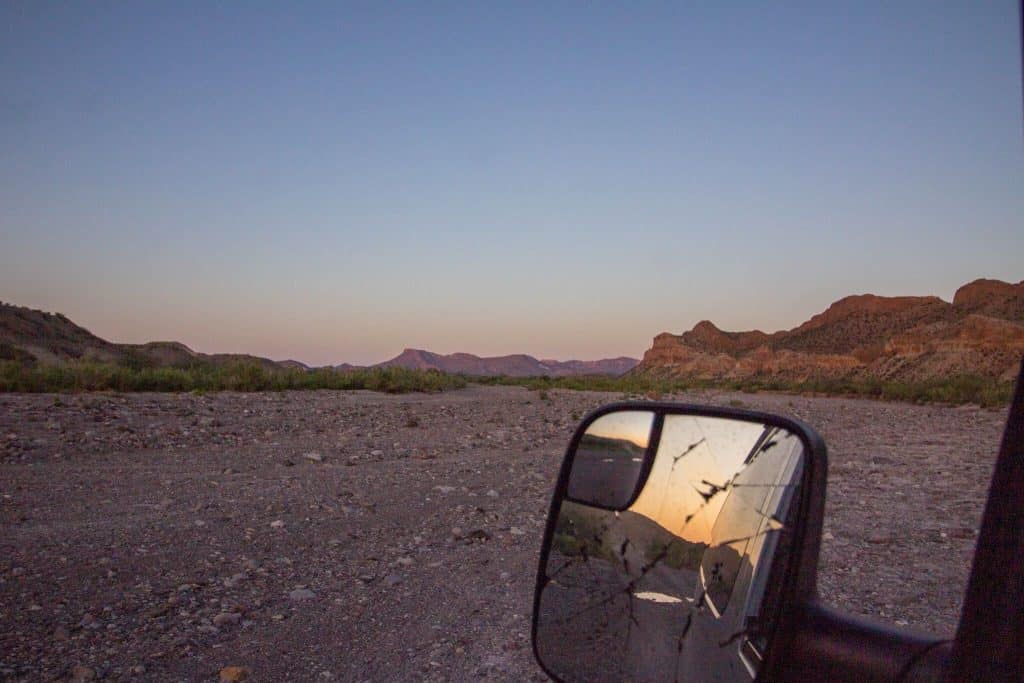
Road Less Traveled
Maverick Road was pretty much our only way to get out of the park and back to our campsite for the night so we decided to give the 4×4 dirt road a chance.
We drive a Ford E-150 van with some pretty beefy tires, so we were up for the challenge. This dirt road has some of the best angles and views of the park on the Eastern side.
We were able to drive roughly 14 miles of unpaved roads. As we cruised the dirt roads, we saw Santa Elena Canyon behind us and several of the mountain ranges we had passed on the way to the river.
We even reached a remote location where we found some awesome dispersed campsites for the next time we visit.
But if you’re in a Honda Sonata or even a low-sitting RV, I would suggest finding a paved path instead.
Stick to the paved roads unless you’re certain your vehicle is equipped to handle rocky challenges of an off-road adventure.
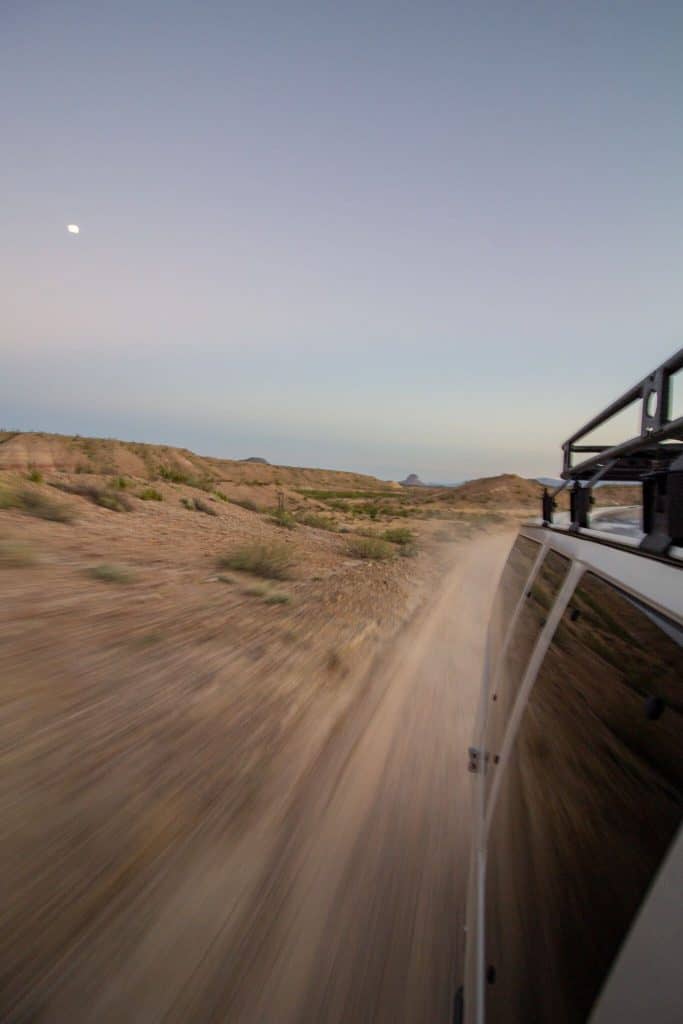
Santa Elena Canyon is a Must-See
If you’re into canyons, cracks, rivers, and amazing landscapes, then Santa Elena Canyon is one of the best views you can experience.
There are several viewpoints and even a trail you can take to see it up close and personal. There are just some views in life that you can only stare at and take in without a word and Santa Elena Canyon is certainly one of them.
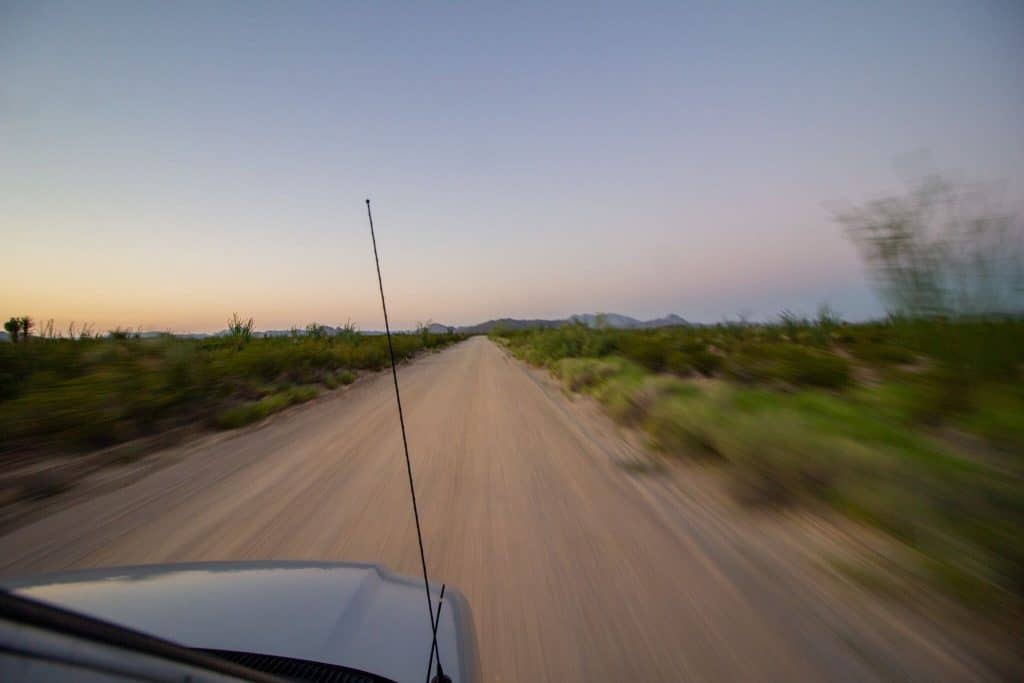
Book a River Trip
After visiting the park for only 24 hours, we were already sold on planning a river trip for a few days down on the Rio Grande.
To paddle the river along the southern border of Texas, surrounded by canyon walls that make you look and feel like a tiny ant at a picnic…that’s the good stuff.
There are several river rafting companies nearby if you’ve never booked or run a river trip before. But, if you’re like us (some would call us river rats!), then grab your whitewater rafts and kayaks and head down to the Rio.
You’ll need a permit so be sure to get one from the Visitors Center before saddling up and dropping in.
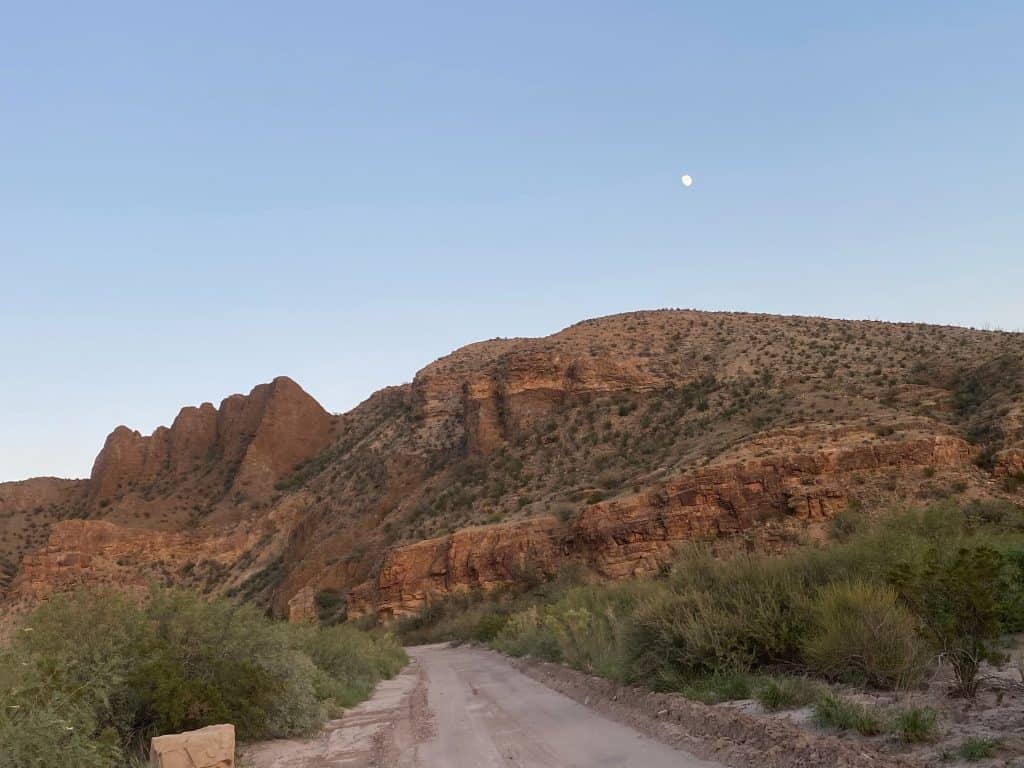
Visit Big Bend for Amazing Outdoor Adventure
Visiting Big Bend was one of the highlights of our month-long road trip across the country. Not many people make it down to one of the most southern parts of Texas to see the Rio Grande and the beauty of its neighboring mountain ranges and canyons.
For RVers, you’ll get to experience the grandness of Texas, while also seeing sides to the state that you never thought existed.
We didn’t see much wildlife on our trip, but I hear staying up late and listening to the sounds of the Texas desert can liven up your experience no matter where you are in the park.
There are dedicated spots to park your RV at the park, but due to COVID-19 most of them were closed when we visited.
Be sure to check with the Park Rangers before camping anywhere in the park, designated campsite or dispersed.
But most of all, have a good time, y’all!
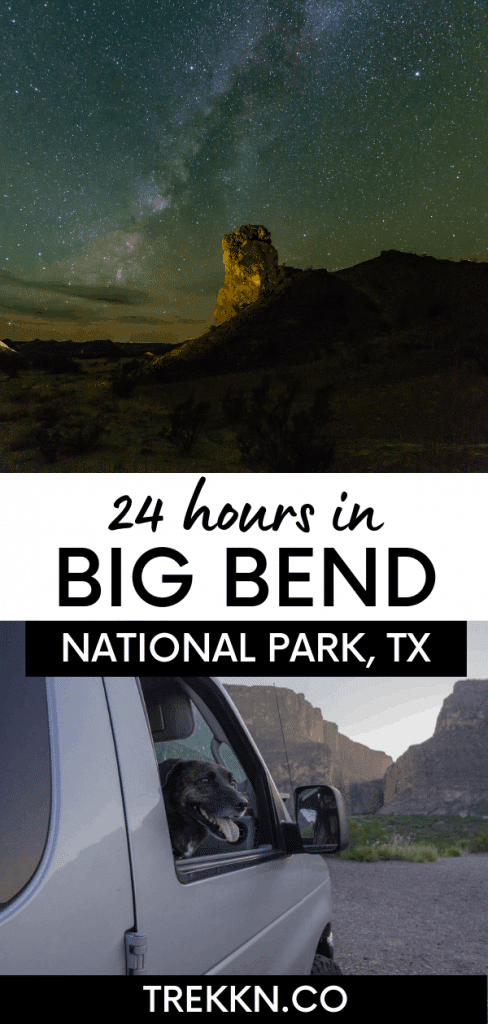
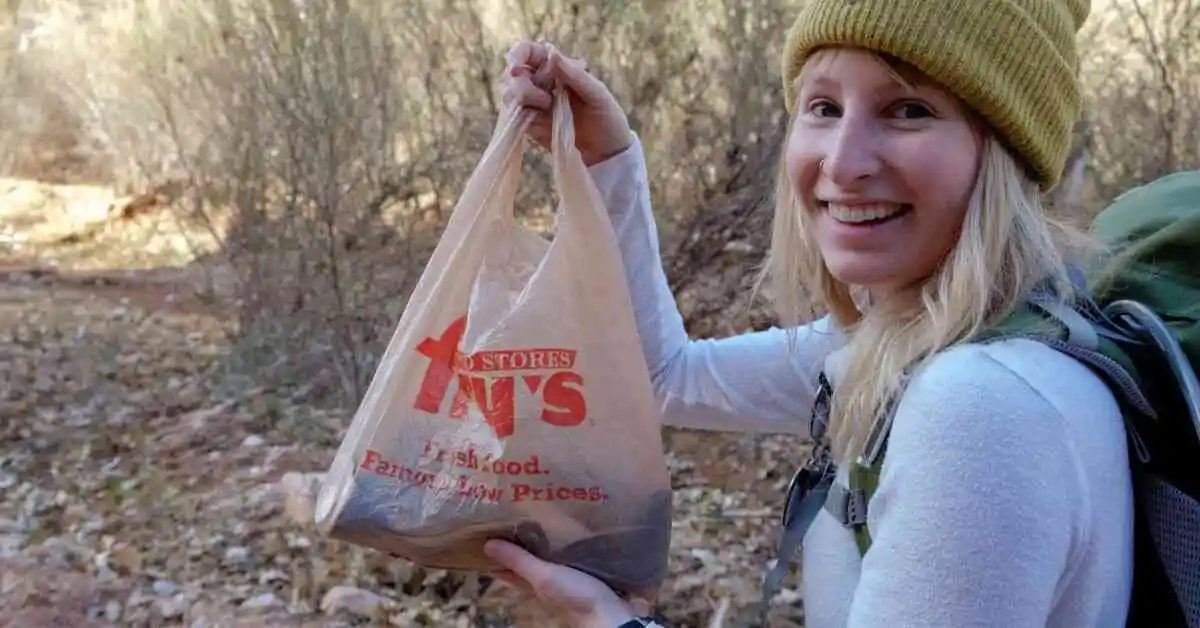
Erin is rooted in South Dakota, but wanders every chance she gets to see the beauty that nature holds. From hiking to climbing, there’s not an adventure she’ll turn down. After renovating her 1976 Airstream Argosy, Erin knows the ins and outs of living life on the road and trailer maintenance. Whether she’s on the road with her dog and partner or at home curled up with a good book, Erin is always planning her next adventure because life is meant to be lived outdoors.
